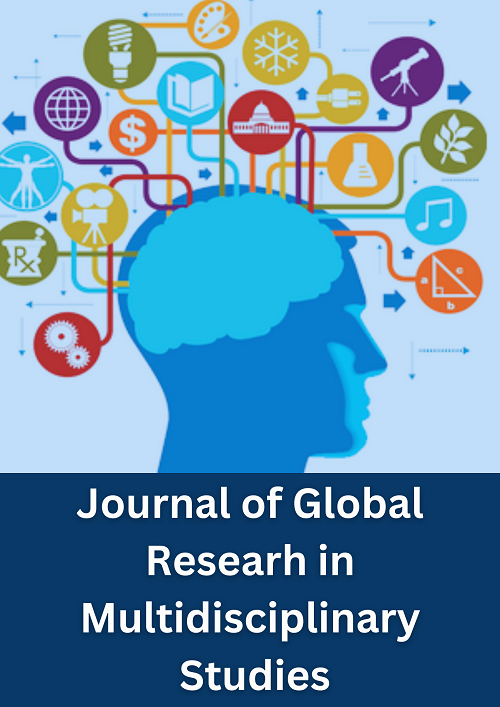Convolutional Neural Network-Based Medical Image Classification
Main Article Content
Abstract
Using imaging techniques, human body irregularities are captured. To diagnose, prognosis, and schedule treatment for inconsistency, it is necessary to comprehend the collected images. Generally, qualified medical personnel classify medical images. The inadequacy of human experts, as well as their exhaustion and imprecise estimation methods, restrict the effectiveness of image comprehension performed by qualified medical professionals. The tool for processing images effectively is a CNN. In several image interpretation competitions, they have outperformed human experts. Traditional classification techniques haven't been able to keep up with the complexity of medical images for practical application. In the past few decades, the theory of DL has developed quickly, providing technical solutions to problems with the classification of medical images. An efficient method for this is transfer learning, which involves transferring a domain among two medical image datasets or (unsupervised) adjusting pre-built CNN frameworks from a dataset of natural images to a dataset of medical images. Deep CNNs are difficult to train from scratch because convergence requires a significant amount of labeled training data as well as a skilled team. This can be enhanced, for example, by fine-tuning a CNN with lots of distinctive natural images. This investigation reveals an accuracy of 99.42 percent.
Downloads
Article Details
Section

This work is licensed under a Creative Commons Attribution-NonCommercial 4.0 International License.

